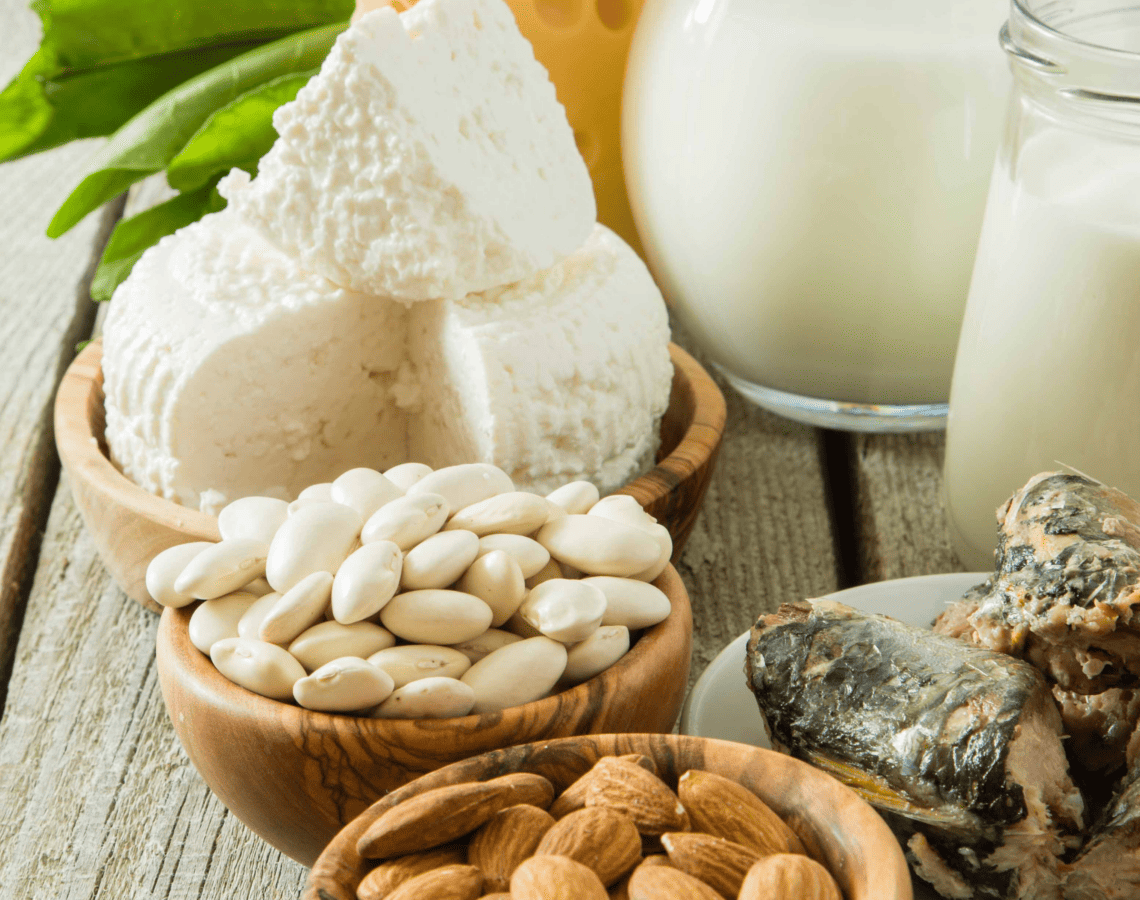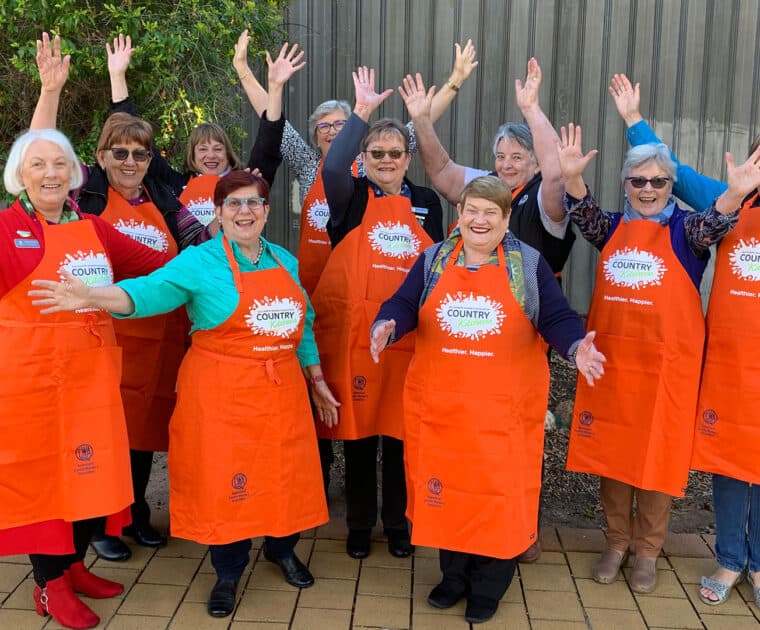How to maintain strong bones for a healthy, active life

The bones in our body are like the wood and bricks used to build a house – they provide the strength and foundation that let us move, walk, dance, breathe and talk.
And with more than 200 bones in our body, it’s important that we look after them, especially as we age.
After the age of 20, when our bone density peaks, bone mass can slowly start declining depending on our lifestyles and the foods we eat.
For this reason, eating foods high in calcium, doing regular weight-bearing exercise, and enjoying safe levels of sunshine for Vitamin D, are all important for building and maintaining healthy bones to support a healthy, active life.
Protecting your bones with food
Calcium and vitamin D work together to strengthen your bones, so it’s important to include foods high in these nutrients in your daily diet1-4.
Milk, cheese and yoghurt are rich in calcium with other calcium-rich foods including canned sardines and salmon, seeds, beans, lentils, and almonds.
Most adults should be getting 2 ½ servings of dairy each day. For women over 50, this increases to 4 serves per day. However, most Australians are only consuming about half of these recommended servings each day.
To ensure you’re getting enough dairy to maintain healthy bones, try and up your intake by adding:
- 1 cup (250ml) of milk to your breakfast on cereal or in a smoothie
- 2 slices (40g) of cheese to a salad or sandwich for lunch
- ¾ cup (200g) of yoghurt as a snack, or
- ½ cup (120g) ricotta cheese to pasta or a frittata for dinner.
We recommend opting for mostly reduced fat options, and if you’re choosing soy milk or other plant-based alternatives, look for ones that contain at least 100mg of added calcium per 100ml.
Getting enough vitamin D
Getting enough vitamin D is also important to help with calcium absorption. Calcium absorption drops by around 50% when vitamin D is not adequate.
Vitamin D can be found in foods such as oily fish, including salmon, sardines, and mackerel, as well as red meat, liver, egg yolks, mushrooms, margarine, and other fortified spreads.1
However, most vitamin D is made by your skin when it is exposed to sunlight. Whilst it does depend on your skin colour, time of day, season and where you live, most Queenslanders can get enough vitamin D by spending less than 10 minutes exposed to the sun in summer and 20-30 minutes in winter.6 This means you don’t need to sunbathe, tan, or burn to get enough vitamin D2,5. Instead, continue to practice sun safe behaviours and be confident that short exposure to the sun is sufficient.
Do weight-bearing exercise
Moving regularly is important for strong bone density, and ‘weight-bearing’ exercises are key to keeping bones strong for adults. Weight-bearing exercises can be lifting weights however, they can be any activity that supports your weight while you move, such as:
- walking
- climbing stairs
- carrying groceries
- aerobics
- dancing
- tennis, or
- Pilates.
These can be incorporated into your daily life but also included as part of meeting daily physical activity goals.
Avoid smoking or vaping
There are many reasons to avoid smoking, and vaping, and healthy bones is yet another one to add to the list. There are many great supports set up to help people quit, talk to your healthcare professional on what is likely to work best for you.
References
1. Muñoz-Garach A, García-Fontana B, Muñoz-Torres M. Nutrients and Dietary Patterns Related to Osteoporosis. Nutrients. 2020;12(7):1986.
2. Rizzoli R, Biver E, Brennan-Speranza T. Nutritional intake, and bone health. The Lancet Diabetes & Endocrinology. 2021;9(9):606-621.
3. Sheng B, Li X, Nussler A, Zhu S. The relationship between healthy lifestyles and bone health. Medicine. 2021;100(8):e24684.
4. Amato A, Baldassano S, Cortis C, Cooper J, Proia P. Physical activity, nutrition, and bone health. Human Movement. 2018;19(4):1-10.
5. Department of Health, Government of Western Australia. Vitamin D [Internet]. Healthy WA. [cited 2 September 2022]. Available from: https://www.healthywa.wa.gov.au/Articles/U_Z/Vitamin-D
6. Australian Skin and Skin Cancer Research Centre (ASSC). Position statement: Balancing the harms and benefits of sun exposure. [cited 29 September 2023]. Available from: http://www.assc.org.au/wp-content/uploads/2023/08/Sun-Exposure-Summit-Position-Statement_V1.11.pdf






